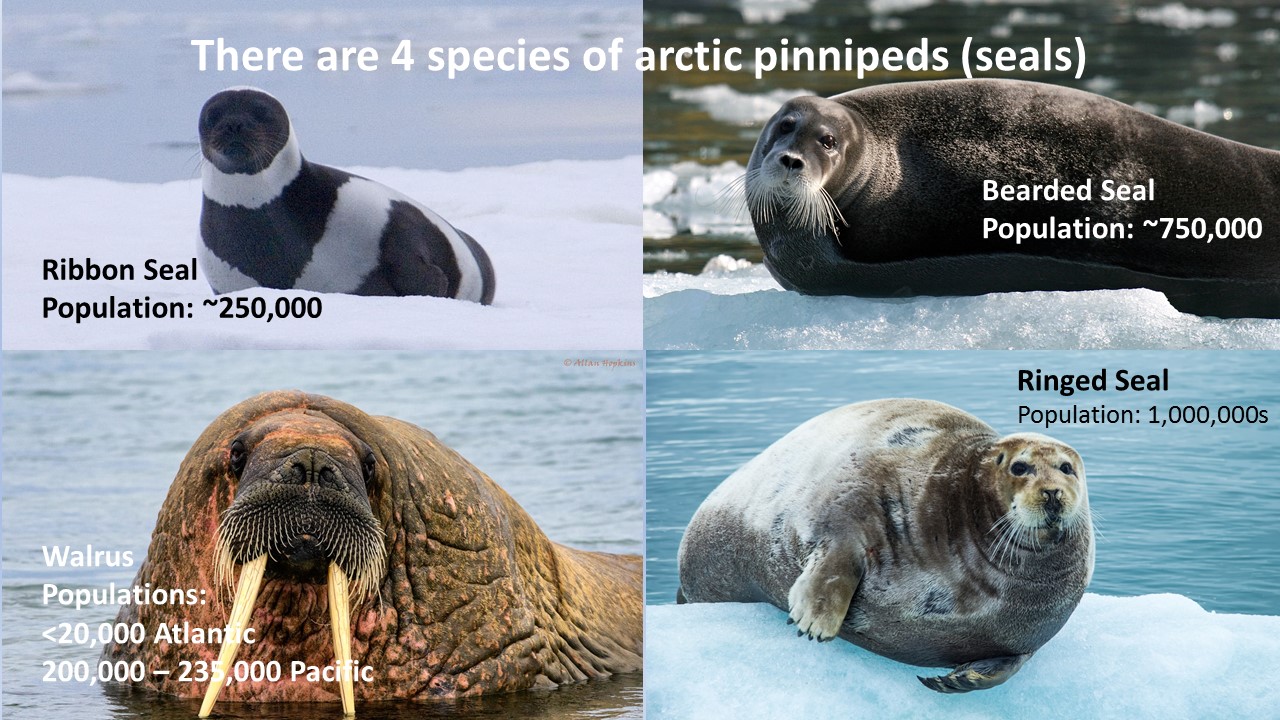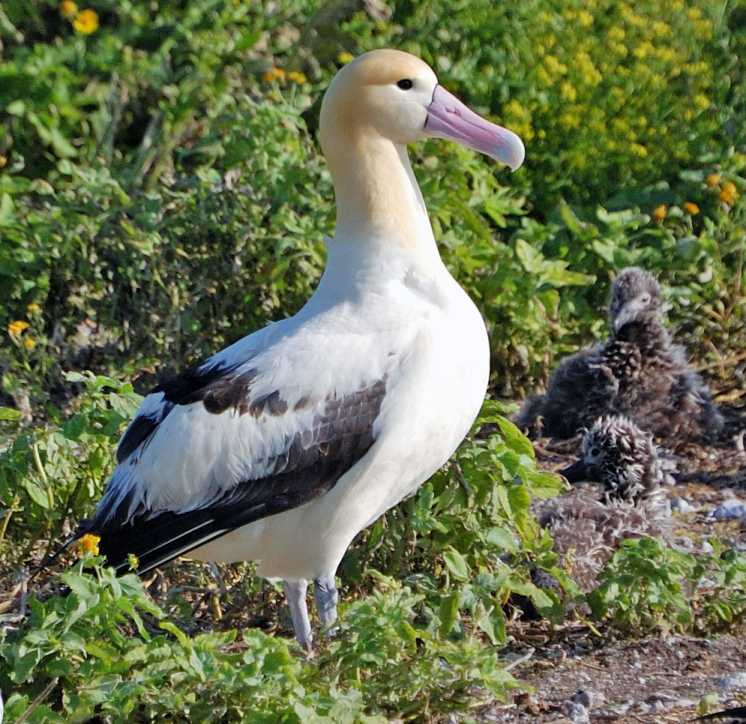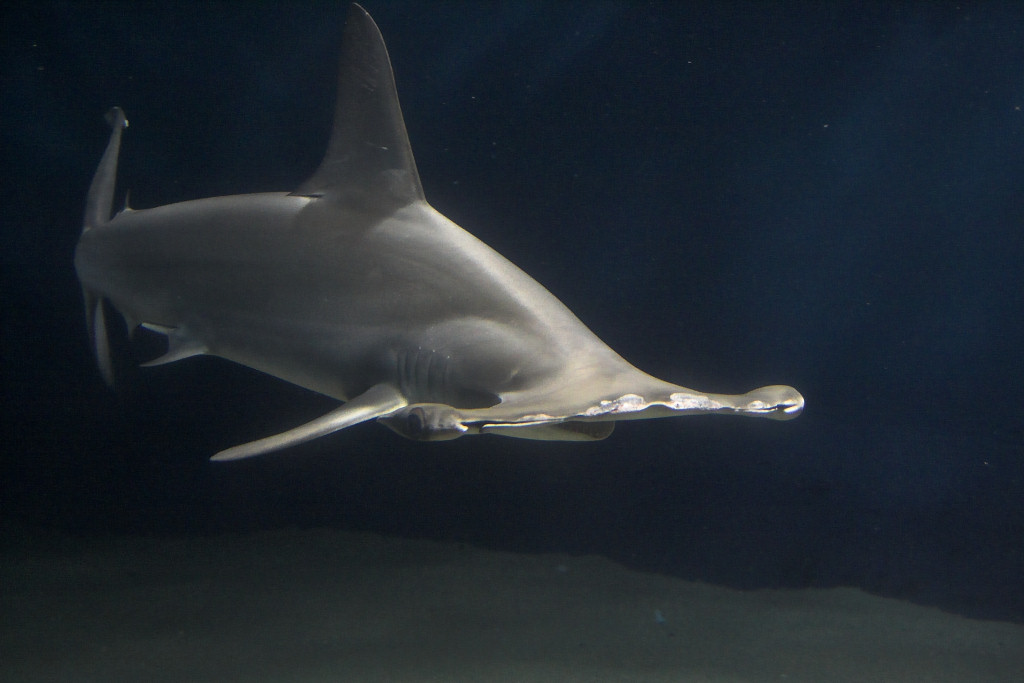Environmental Influence on Diversity
Description
Although it is an extreme environment, the Arctic Ocean hosts a wide variety of marine mammals, birds, and invertebrates.
The Arctic is a geographic location comprised mostly of ice and water. It is surrounded by Asia, North America, Russia, and Greenland. The average temperature of the Arctic, at its warmest, is -10 degrees Celsius. It is home to a diverse group of organisms, each specially adapted to living in the extreme environment. There is also a lot that we do not know about the Arctic and the future of the organisms that live there. New and ongoing research is always happening.
PINNIPEDS

Icy relationship:
All species of Arctic Pinnipeds use the sea ice. It is extremely important for breeding. They will use the ice ridges and snow covers for pupping. Sea ice is also used by some Arctic Pinnipeds for breathing holes, resting out of the water, or to hide from aquatic predators.
Arctic Specialists:
Seal fur is thick and has no hollow cavities. This prevents water from getting into the hair or reaching the skin of the seal, allowing them to stay warm in the water. Ringed Seals are ice specialists, with heavy claws for making and maintaining ice holes or pulling themselves across the ice when they do haul out on to land.
Do you know what walruses use their tusks for? The tusks on the walrus are used to help them pull their heavy bodies out of the water. Walrus are highly specialized feeders. They use their whiskers and lips to find and open bivalves, such as clams and oysters, on the ocean floor.
CETACEANS
Cetaceans include whales, dolphins, and porpoises. Species from each group that can be found in the Arctic:
Bowhead Whale --- Gray Whale --- Sperm Whale --- Orca Whale --- Pilot Whale --- Narwhal --- Harbour Porpoise --- Beluga Whale --- Sei Whale --- Humpback Whale --- Blue Whale --- Minke Whale --- Atlantic Dolphin
Scientist use several different characteristics to identify the cetaceans by asking the following questions
- Is it a toothed or baleen whale?
- How many blowholes does the cetacean have?
- Does the cetacean have ventral pleats?
- What are the shapes and sizes of the fins: dorsal, pectoral, and fluke?
- What colour or patterning does the whale have?

Special adaptations like blubber, small pectoral fins, and thick skin help cetaceans species, such as the Beluga Whale, survive in the frigid cold of the arctic all year round. Take a look at the picture above. Observe how small the pectoral flippers are compared to the rest of the body. You can see the thick body, covered in a thick layer of blubber underneath the dense skin. Beluga whales are also exceptional communicators, also known as the "Canaries of the Sea", and use the melon (the lump on their forehead) to make a wide variety of different sounds to communicate in the dark Arctic ocean.
POLAR BEARS
Despite being a bear, Polar Bears are classified as marine mammals because their lifestyle is reliant on the ocean. They have several special adaptions for surviving on the frozen tundra.
Special Paws: Polar bears have massive sized paws to act as snowshoes across the land, and partially webbed toes to make them better swimmers
Special Ears: Polar bear ears are SMALL! This has nothing to do with hearing. By having smaller ears the Polar bear loses less heat from the extremity and minimizes the rise of the tips of the ears freezing.
Special Claws: Polar bear claws have a special notch behind the tip, near the base of the claw. This gives each digit a special grip on the ice.
Special Fur: Polar bear fur is hollow, trapping air within it that is then warmed by its body heat. Similar to a down jacket, the polar bear keeps warm dry air closest to its skin. The fur is also translucent, so the sunlight can be directly absorbed by the skin underneath.
Special Skin: Polar bear skin, underneath all of that thick fur, is black! This absorbs heat from the sun, helping to maintain their body temperature.
Special Diet: Polar bears eat a primary meat diet. This is partly to do with the lack of vegetation found in the arctic but also to keep the polar warm. A meat-heavy diet allows the Polar Bear to maintain high body weight and a thick layer of fat underneath the skin. Their livers are specially adapted for processing the high protein content.

Photo Sources: Ribbon Seal: NOAA (Wikipedia), Bearded Seal: Martha de Jong-Lantink (Flickr), Walrus: Allan Hopkins (Flickr), Ringed Seal: iStock by Getty Images, Beluga whale: Greg5030, Wikipedia, Polar Bear: AWeith, Wikipedia
Task
The Arctic mammals are a perfect example of how environment influences the adaptions that animals will develop in order to survive.
Create a blog about an animal of your choice, describing how their adaptions reflect the environment that they live in. Analyse how these adaptions help or hinder the organism to survive. Discuss how changes to their environment caused by climate change, noise pollution, ocean acidification or other drastic changes will affect the organisms chance of survival. Remember to include which sources you used for any research or pictures that helped to support your blog
Choose your own animal, or choose one of the examples below:

Mudskipper - Tropical rivers

Hagfish - Deep Sea

Albatross - Coastline

Hammerhead Shark - Open Ocean

Parrot Fish - Coral Reefs
Once you have completed your blog, you may take the Ocean Supports Diversity Quiz to earn your badge
To return to the Supports Diversity of Life page, click HERE
Learning Objectives
To understand how environment influences the development of adaptations in different organisms
Continue to Oceans and Human Connections »
Resources
-
 Life in Ecosystems Matching Activity
Matchup ecosystem services (jobs performed) with the letters labeling these essential...
Life in Ecosystems Matching Activity
Matchup ecosystem services (jobs performed) with the letters labeling these essential...
Submissions (4)
-
Cassey Christopher Blog post: 2370.4 days ago
-
Rachael Bell-Irving Gallery submission: 3074.1 days ago
-
Rachael Bell-Irving Gallery submission: 3081 days ago
-
Rachael Bell-Irving Gallery submission: 3096 days ago


